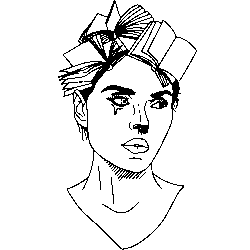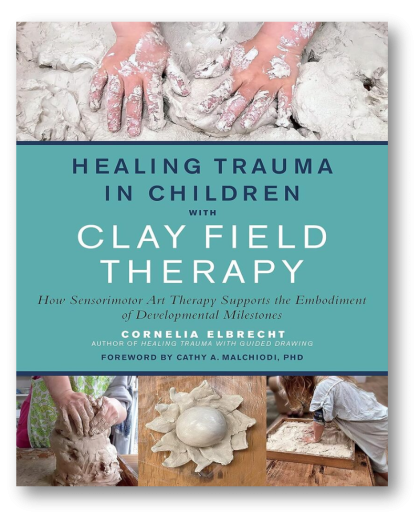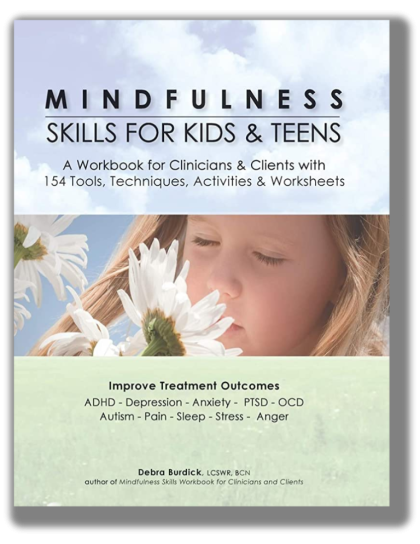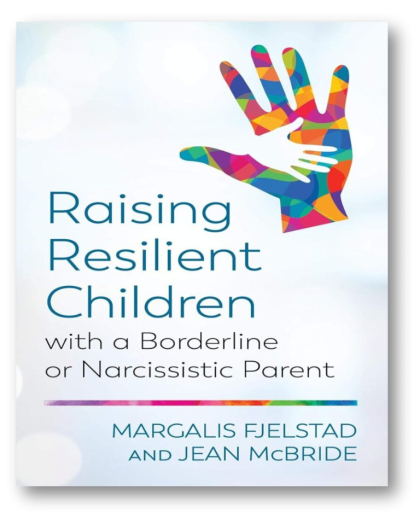Description
Varleisha Gibbs, PhD, OTD, OTR/L, has created a unique, evidence-based resource for helping children who have trouble self-regulating, staying focused, managing their senses and controlling their emotions.
Based on the latest research in neuroscience, Self-Regulation & Mindfulness provides highly practical, kid friendly lessons to teach therapists, parents, educators and children about their brain and body, so they can build the needed skills to self-regulate.
– Hands-on activities
– Step-by-step exercises
– Coloring pages and worksheets
Clear, concise and fun activities to address your children’s arousal, attention, and social participation:
– Touch and Heavy Work
– Hydration and Oral Motor Activities
– Metronome, Timing and Sequencing Exercises
– Right and Left Brain Integration Methods
– Patterns and Repetition Recognition
– Vision and Sound Skills
– Movement Coordination
– Inhibition Techniques












Great read. Would recommend to anyone with a child with add or adhd.
Great product
If you are looking for a book that gets to the point (what and how) and gives clear instructions, then Self-Regulation and Mindfulness by Dr. Gibbs is it. We have purchased several well reviewed books and most of them include a lot of fillers (repetitive or useless content). Not Dr. Gibbs’ book.
This book isn’t aimed at teenagers or adults; glancing at the book cover will you that. The kids on the cover are clearly ten and younger.
The first section of the book concisely explains the brain functions relevant to ADHD, sensory issues, autism, how they can be related and the science backing up the upcoming activities, exercises.
This is not a text book (see the subtitle on the book cover), nor is it a simplistic book that makes false promises as in Fix your kid’s ADHD now by turning to page x and doing 1, 2, 3. The book requires parental involvement and understanding (basic reading comprehension). Dr. Gibbs offers a big picture approach of what the different parts of the brain do and how they’re related. Each activity is intended for a specific part of the brain. Reading the first section (25 reader friendly pages) is crucial no matter what the child struggles with. The remainder of the book are exercises that are listed in steps and the steps are numbered. It can’t get simpler than this. The entire book is 185 pages including the index. The author is an experienced expert in this field.
This book is also a great source for occupational therapists.
Love this book
👍👍👍👍👍